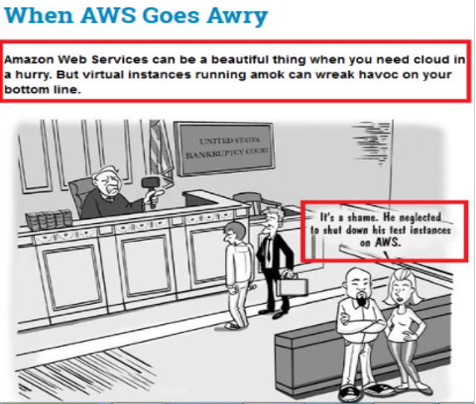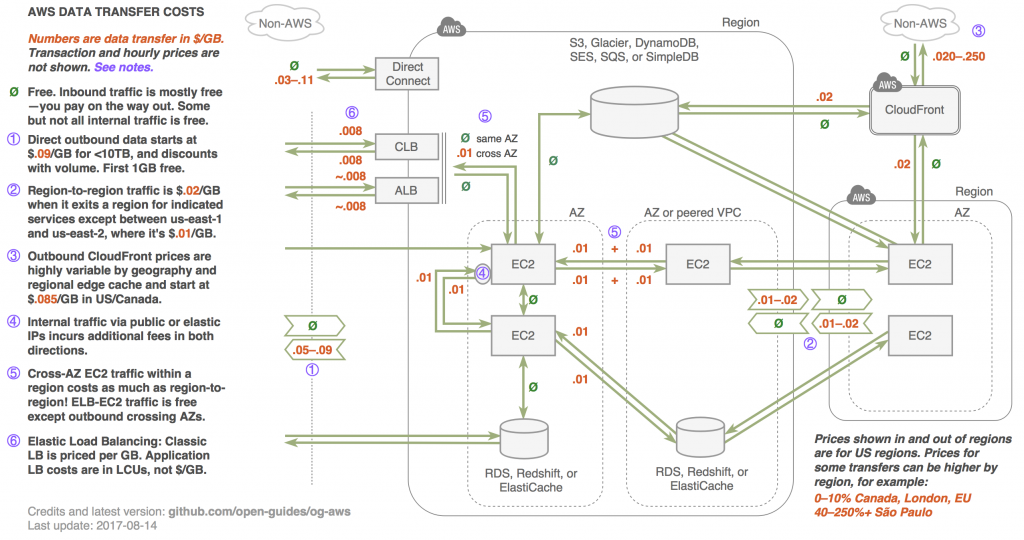
Reduce Your AWS Public Cloud Spend with DIY Strategies and Managed Services
“My AWS bill last month was the price of a car,” a CIO of a Fortune 500 company in the Bay Area said this to me about five years ago. I was new to California and it seemed like everyone was driving a BMW or Mercedes, but the bill could have been equivalent to the cost of a Ferrari or Maserati for all I knew. Regardless, I concluded that the bill was high. Since then, I have been on a mission to research and identify how to help customers optimize their public cloud costs.
Shifting some of your workloads to public cloud platforms such as AWS or Microsoft Azure can seem like common-sense economics, as public cloud empowers your organization to scale resources as needed. In theory, you pay for what you use, thus saving money. Right?
Not necessarily. Unless you are vigilant and diligent, cloud spend through over provisioning, forgetting to turn off unwanted resources, not picking the right combination of instances, racking up data egress fees, and so on, can quickly make costs go awry. But public cloud cost optimization does not have to be esoteric or a long arduous road. Let’s demystify and explore ways to potentially reduce your cloud spend.

Optimizing Your AWS Data Transfer Costs
For some organizations, a large percentage of cloud spend can be attributed to network traffic/data transfer costs. It is prudent to be cognizant of the data transfer costs within availability zones (AZs), within regions, between regions and into and out of AWS and the internet. Pricing may vary considerably depending on your design or implementation selection.
Common Misconceptions and Things to Look Out For
- Cross-AZ traffic is not free: Utilizing multiple AZs for high availability (HA) is a good idea; however, cross AZ traffic costs add up. If feasible, optimize your traffic to stay within the same AZ as much as possible.
- EC2 traffic between AZs is effectively the same as between regions. For example, deploying a cluster across AZs is beneficial for HA, but can hurt on network costs.
- Free services? Free is good: Several AWS services offer a hidden value of free cross-AZ data transfer. Databases such as EFS, RDS, MSK, and others are examples of this.
- Utilizing public IPs when not required: If you use an elastic IP or public IP address of an EC2 instance, you will incur network costs, even if it is accessed locally within the AZ.
- Managed NAT Gateway: Managed NAT Gateways are used to let traffic egress from private subnets—at a cost of 4.5 cents as a data processing fee layered on top of data transfer pricing. At some point, consider running your own NAT instances to optimize your cloud spend.
- The figure below provides an overview:

Other Cloud Cost Optimization Suggestions by AWS Category
- Elastic Compute Cloud (EC2)
- Purchase savings plans for baseline capacity
- Verify that instance type still reflects the current workload
- Verify that the maximum I/O performance of the instance matches with the EBS volumes
- Use Spot Instances for stateless and non-production workloads
- Make use of AMD or ARM based instances
- Switch to Amazon Linux or any other Operating System that is Open Source
- Virtual Private Cloud (VPC)
- Create VPC endpoints for S3 and DynamoDB
- Check costs for NAT gateways and change architecture if necessary
- Check costs for traffic between AZs and reduce traffic when possible
- Try to avoid VPC endpoints for other services
- Simple Storage Service (S3)
- Delete unnecessary objects and buckets
- Consider using S3 Intelligent Tiering
- Configure lifecycle policies define a retention period for objects
- Use Glacier Deep Archive for long-term data archiving
- Elastic Block Storage (EBS)
- Delete snapshots created to backup data that are no longer needed
- Check whether your backup solution deletes old snapshots
- Delete snapshots belonging to unused AMI
- Search for unused volumes and delete them
Alternatives to DIY Public Cloud Cost Optimization
As I’ve shown, there are more than a few ways to optimize public cloud cost on your own. And if you were to look for more information on the topic, Googling “Optimizing AWS costs” will fetch more than 50 million results, and Googling “optimizing MS Azure costs” will get you more than 58 million results. My eyes are still bleeding from sifting through just a few of them.
Do you really have time to examine 100 million articles? Do it yourself (DIY) can have some advantages if you have the time or expertise on staff. If not, there are alternatives to explore.
Third-Party Optimization Services
Several companies offer services designed to help you gain insights into expenses or lower your AWS bill, such as Cloudability, CloudHealth Technologies and ParkMyCloud. Some of these charge a percentage of your bill, which may be expensive.
Managed Cloud Service Providers
You can also opt for a trusted managed public cloud provider who staffs certified AWS and MS Azure engineers that know the ins and outs of cost optimization for these platforms.
Advantages of partnering with a Managed Cloud service provider:
- Detect/investigate accidental spend or cost anomalies
- Proactively design/build scalable, secure, resilient and cost-effective architecture
- Reduce existing cloud spend
- Report on Cloud spend and ROI
- Segment Cloud costs by teams, product or category
Our experts are ready to assist you. With HorizonIQ Managed AWS, certified engineers and architects help you secure, maintain and optimize public cloud environments so your team can devote its efforts to the applications hosted there. We also offer services for Managed Azure to help you make the most of your public cloud resources.



